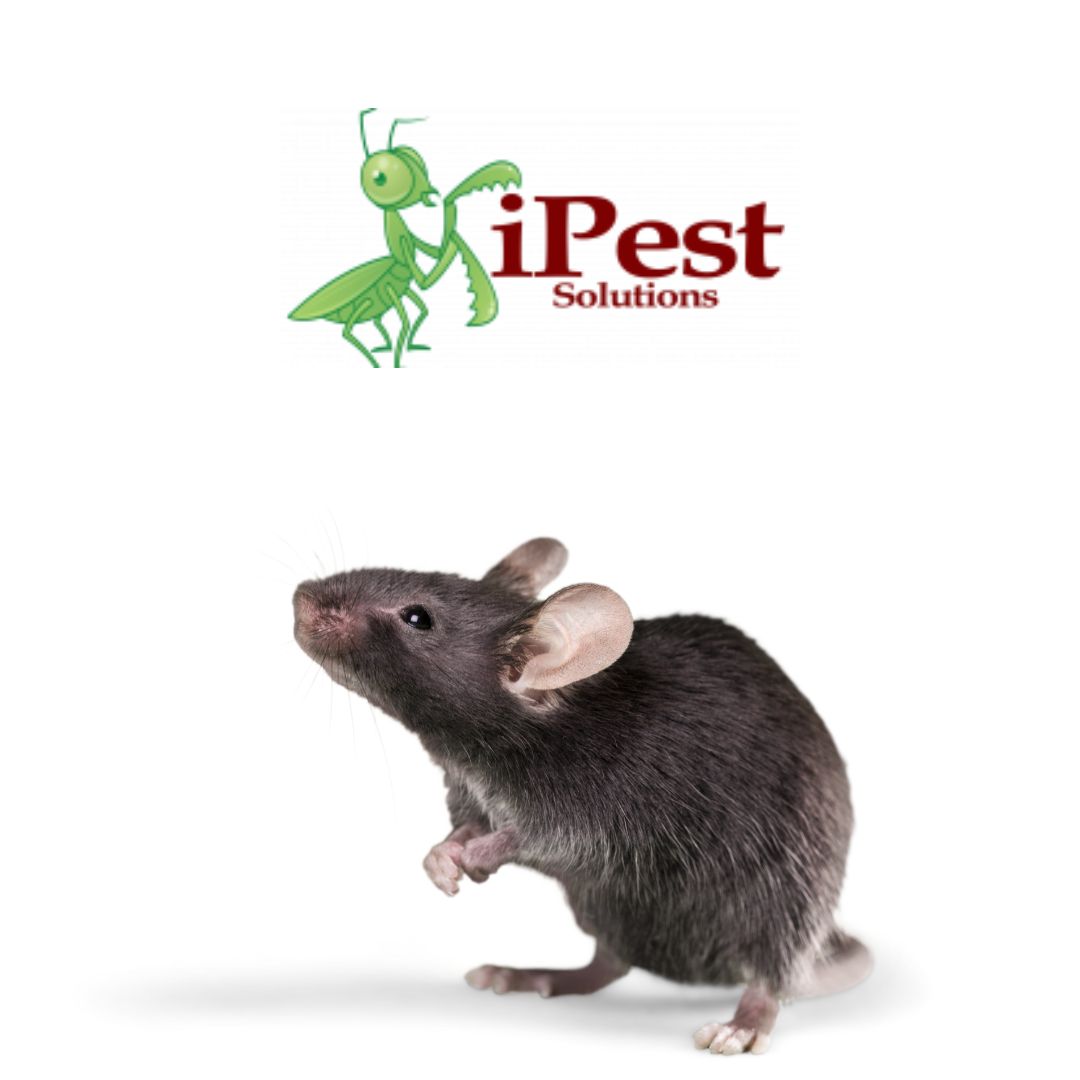In Texas, where the frontier spirit is still strong, the uninvited scurry of a rodent can quickly put a damper on the most independent lifestyle. Knowing your local rodent species can be crucial in safeguarding your home and health. You may not be a rancher, but in the battle against invasive critters, a little cowboy knowledge can go a long way.
The Big Players: Identifying Texas’s Domestic Rodents
Texas is home to a diverse array of rodent species, each with its own unique habits and habitats. For homeowners, knowing which rodents you might encounter is the first step in preventing and addressing an infestation.
Deer Mice
Recognizable by their large eyes and ears, deer mice are common throughout the state. While their habit may lead them to the great outdoors, they are known to venture into homes, especially in rural areas. Notoriously known for their role in transmitting Hantavirus, deer mice are a health concern and should be dealt with cautiously.
Roof Rats
Sleek and agile, roof rats have a penchant for high places and are frequently found in the upper levels of buildings, as their name suggests. Urban areas, including suburbs, are particularly hospitable to these rodents. They are known to chew through practically anything, making them a consistent household threat.
Norway Rats
Also called brown rats, Norway rats are larger and more robust than roof rats. They prefer to live at ground levels or in burrows, so an infestation might start in basements or crawl spaces. They are common in both urban and rural settings and can cause significant damage to property due to their expansive gnawing.
House Mice
The most widespread species of the true rodent, house mice are seen throughout the state and are exceedingly adaptable, able to squeeze through the smallest of openings. These small creatures are prolific breeders and can quickly establish large colonies within the walls of your home.
Signs of Infestation
Sometimes it’s not the sight of the vermin, but the subtle signs they leave behind that clue you in to their presence. Here are some common indicators that your home may have a rodent problem.
Droppings and Urine Stains
The most immediate sign of a rodent infestation is the discovery of droppings or urine, often found along commonly traveled paths or near nesting sites. These can pose a significant health risk to humans, as they can carry bacteria and viruses.
Gnaw Marks
Rodents, especially the always-nibbling rats, leave behind tell-tale signs in the form of gnaw marks on wood, plastic, and even electrical wires. This not only causes structural damage but can also lead to house fires if the nibbling includes electrical insulation.
Grease Trails
Rodents have a distinctive method of moving, called “travel pheromones.” These secretions create oily ‘grease trails’ that rodents can follow, and so can you. These paths are often found along walls or floorboards and indicate well-worn routes throughout your home.
Sounds and Smells
Often, the most immediate indicator of a rodent issue is the sounds of scurrying in the walls or ceilings, particularly at night when rodents are most active. You may also notice a musky odor that lingers in areas they frequent.
Preventative Measures for Texas Homeowners
Preventing rodents from entering your home can be much less taxing than dealing with an infestation. Here are a few simple steps you can take to rodent-proof your home.
Seal Any Entry Points
Inspect the exterior of your home for any openings larger than a quarter of an inch and seal them with a material that rodents can’t chew through, such as steel wool, or solid metal flashing.
Keep a Tidy Yard
Cluttered yards and overgrown vegetation can provide cover and nesting material for rodents. Keep your yard tidy and ensure that any firewood or debris is stored well away from your home’s foundation.
Secure Your Food
Rodents are excellent foragers and can chew through packaging to get at food. Store all food, including pet food, in airtight containers and consider using rodent-proof bins for garbage storage.
Remove Attractants
Don’t leave pet food out overnight, and keep countertops and floors clean of crumbs and spills. A little extra vigilance in cleanliness can deter rodents from seeing your home as an easy target.
Handling an Infestation
If you discover an infestation, it’s essential to act quickly and carefully. Here are the steps you should take.
Identification
You need to know what you’re dealing with, so try to identify the type of rodent causing the issue. This will help in selecting the most effective method of eradication.
Exclusion
Begin by sealing off the rodent’s entry points into your home. This is a crucial step in preventing a re-infestation.
Trapping
For small infestations, trapping can be an effective method of removal. Make sure to place traps in areas where you have noticed high rodent activity.
Professional Help
For larger infestations or for those reluctant to handle the situation themselves, professional pest control services can offer a valuable, safe, and comprehensive solution.
Living in harmony with wildlife can be one of the joys of homeownership, but rodents are a category best kept at a distance. Taking precautions to prevent infestation and knowing the signs to look for can make all the difference. Should you find yourself facing a rodent problem, approach the issue calmly and systematically, and don’t hesitate to seek help. In the end, a little knowledge and preparation are all it takes to maintain a rodent-free home in the great state of Texas.







